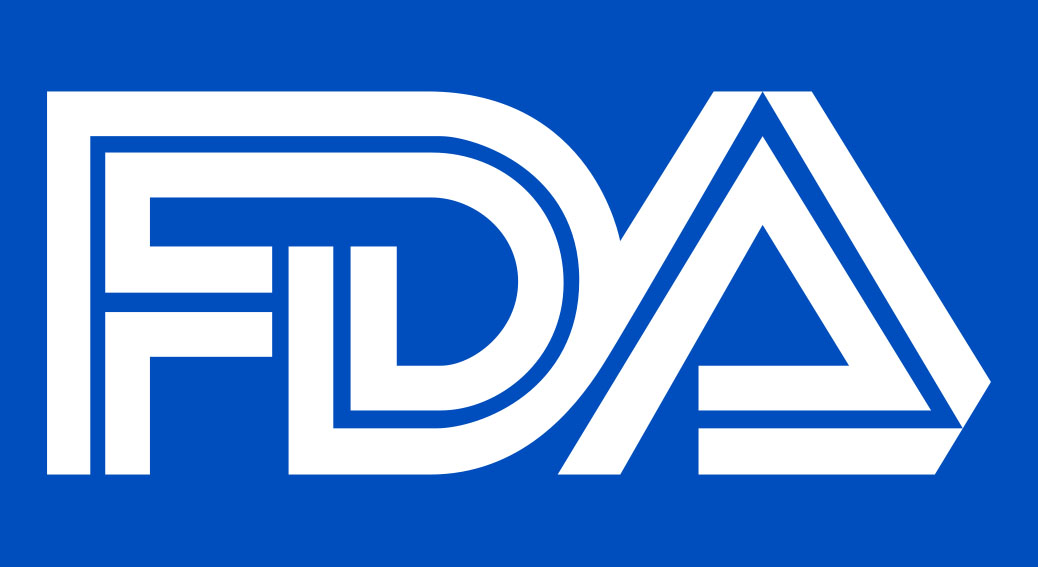The FDA finalized guidance regarding the use of placebos and blinding during randomized cancer trials. The guidance finalizes a draft made in 2018 and clarifies scenarios where placebo designs and blindings should be justified.

WHAT IS A PLACEBO?
A placebo is an inert treatment or procedure used in clinical trials to determine whether changes to participants result from an actual treatment or occur by chance. Placebos do not contain any active ingredients or have any therapeutic value, but are used to deceive participants. In clinical trials, they are randomly assigned to participants of a control group and are compared to a test group receiving an experimental treatment or procedure. Often times, both the patients and investigators are blinded and unaware of which group gets the treatment, placebo, or another intervention.
The FDA writes, “A placebo-controlled study design may be useful or preferred in maintenance therapy, in add-on trial designs, in trials of adjuvant therapies (for which standard of care is surveillance), and for indications where no treatment is available.”
THE FINALIZED GUIDANCE
The US Food and Drug Administration (FDA) finalized a six-page guidance on Wednesday, advising trial sponsors to only use placebos and blinding in select circumstances when surveillance is standard of care.
Although not binding, the guidance formalizes ethical principles and provides a set of considerations for trial sponsors deliberating placebo-controlled trial designs, stating that sponsors should only consider using placebos in the following situations:
- Randomized controlled trials to treat oncologic disease or hematologic malignancy
- Surveillance of the patient is the standard of care
- When there are no alternative available therapies
- When a trial uses adjuvant therapies or an add-on design
Patients should only receive a placebo in addition to an established treatment. Moreover, investigators and patients should be unblinded when an adverse event suspected to be associated with an investigational drug or procedure.
Many factors companies should consider before carrying out a placebo-controlled study were included in the guidance. First and foremost, investigators should provide a rationale for using a placebo, especially in cases where invasive methods for administration or prophylaxis is required, when effective therapy is available, or when the placebo is given by itself. Additionally, trial procedures and analyses should include comprehensive and thorough descriptions of the plan for blinding and unblinding. If sponsors intend to maintain blinding after an adverse event, FDA says informed consent documents should acknowledge the risks and provide justification for it.
The guidance finalizes a draft version that was issued in August 2018 and has been made to clarify issues concerning unblinding. Initially, the draft stated that only the patient be unblinded when adverse effects occur, but the FDA clarifies in the finalized form that both the patient and investigator be unblinded.
THE IMPORTANCE OF THE GUIDANCE
The guidance is especially significant from an ethics perspective, as many trial participants are given placebos rather than available therapy. Acting FDA Commissioner Ned Sharpless tweeted on Wednesday, “Patients fighting life-threatening diseases, like certain cancers, shouldn’t be given a placebo when there is a known effective therapy.”

